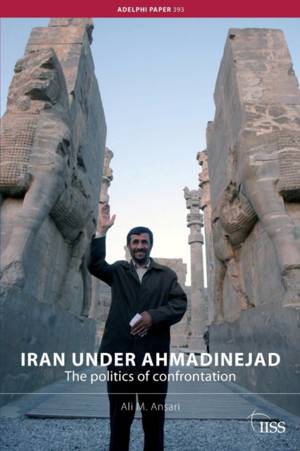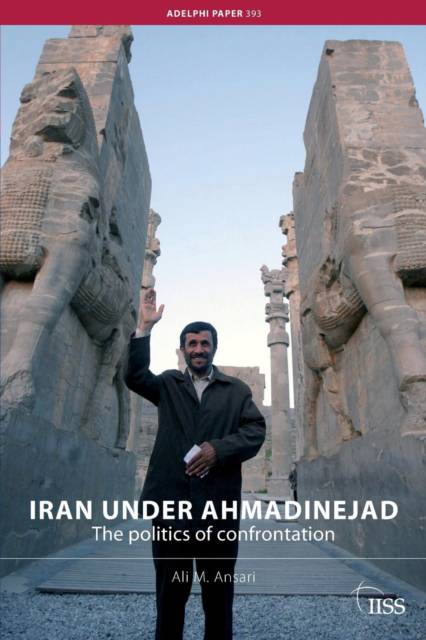
- Afhalen na 1 uur in een winkel met voorraad
- Gratis thuislevering in België vanaf € 30
- Ruim aanbod met 7 miljoen producten
- Afhalen na 1 uur in een winkel met voorraad
- Gratis thuislevering in België vanaf € 30
- Ruim aanbod met 7 miljoen producten
Omschrijving
The election of Mahmoud Ahmadinejad to the presidency of the Islamic Republic of Iran in the summer of 2005 thrust Iran into the international limelight in a way that few would have predicted. Robust, confrontational and given to bombastic rhetoric, Ahmadinejad has drawn condemnation from the West and praise from the Middle Eastern street in almost equal measure.
This Paper looks at the details of his political rise and assesses his presidency to date within the context of the dynamics of Iranian politics. Examining the key themes of his presidency, it assesses the effectiveness of his policies and analyzes his populist approach, in particular his use of nationalism and the cult of the Twelfth Imam. The author argues that Ahmadinejad, far from retrenching the conservative values of the early revolution, is very much a product of the social and political changes which have occurred since the end of the Iran-Iraq War; that his populism in both politics and economics, along with the maintenance of a confrontational posture abroad, represents an ad hoc, and somewhat incoherent, attempt to disguise the growing contradictions which afflict the Islamic Republic, and the conservative vision of an unaccountable Islamic autocracy in the face of growing dissatisfaction, especially among key sections of the élite.
Specificaties
Betrokkenen
- Auteur(s):
- Uitgeverij:
Inhoud
- Aantal bladzijden:
- 106
- Taal:
- Engels
- Reeks:
Eigenschappen
- Productcode (EAN):
- 9780415454865
- Verschijningsdatum:
- 1/03/2008
- Uitvoering:
- Paperback
- Formaat:
- Trade paperback (VS)
- Afmetingen:
- 155 mm x 229 mm
- Gewicht:
- 204 g

Alleen bij Standaard Boekhandel
Beoordelingen
We publiceren alleen reviews die voldoen aan de voorwaarden voor reviews. Bekijk onze voorwaarden voor reviews.











